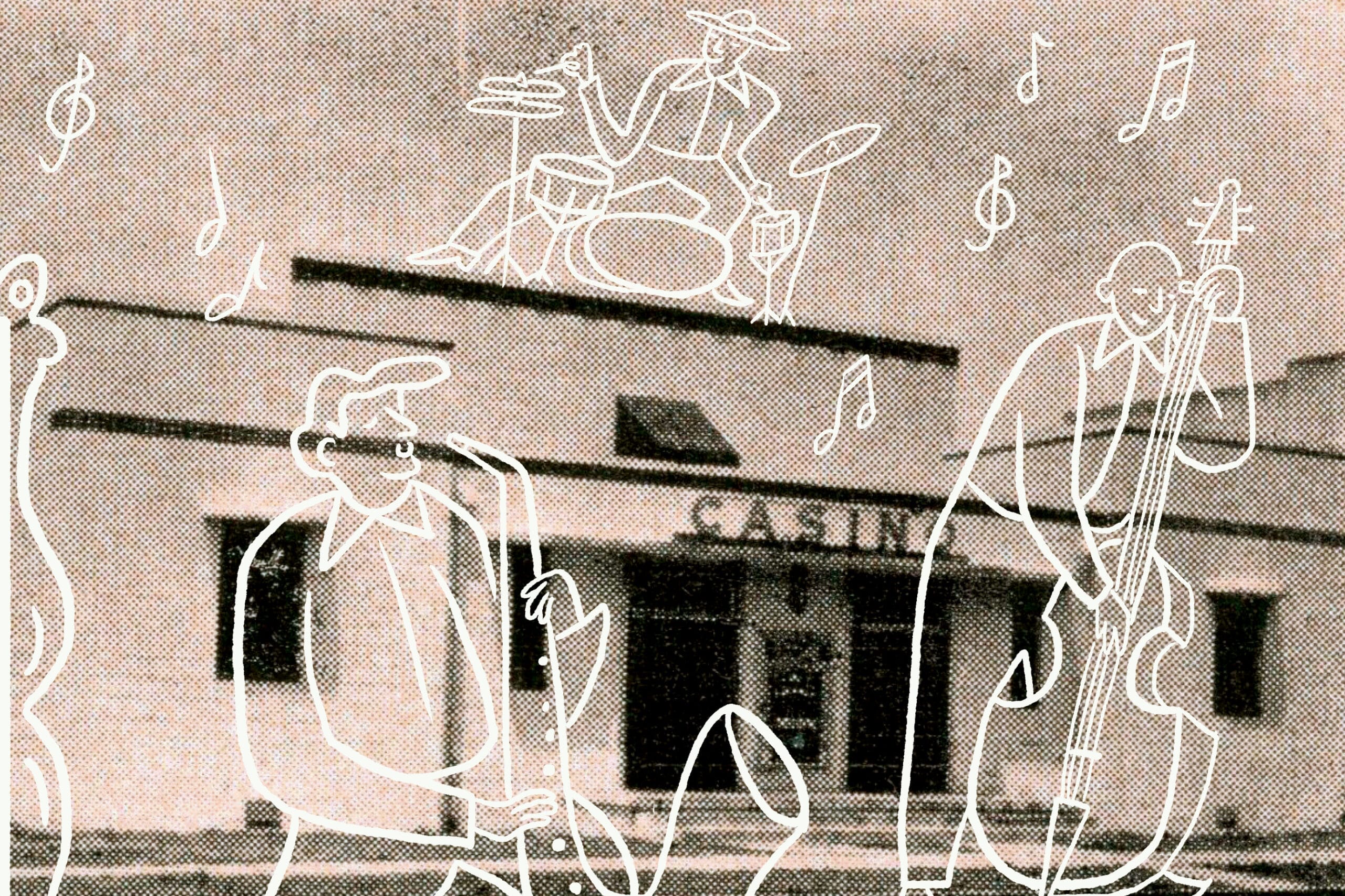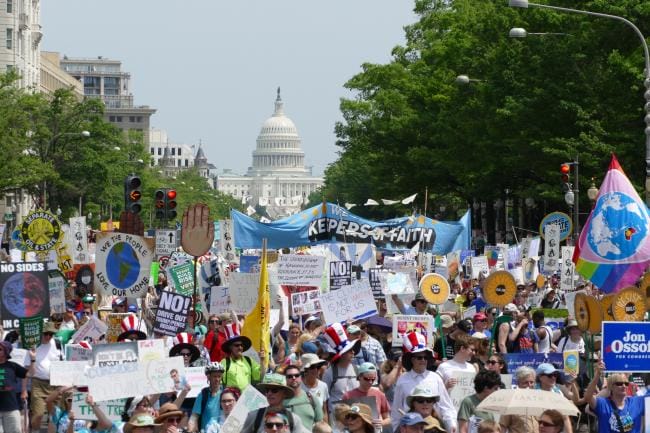
Six years after Deepwater Horizon, tracking a long recovery
Six years after Deepwater Horizon, tracking a long recovery
In the spring of 2010, Terry Breed and his wife, Susan, opened a pontoon boat rental business in Destin, Florida.
“We were retired, bored, and looking for something to do,” says Terry. They leased some land and a dock down at the mouth of Choctawhatchee Bay and, far from kicking back to relax, started working 12-hour days serving boaters drawn to the bay’s crystal green waters and white sand beaches.
They were eager to share the natural wonders of the Panhandle with their visitors. Terry, who’s lived in the region since 1980, puts it this way: “It’s as close to the Bahamas as you can get without actually being in the Bahamas.”
But that April 20—a still night just weeks after Terry and Susan got their business afloat—an offshore oilrig called Deepwater Horizon blew up in the Gulf of Mexico. The explosion opened a hole on the seafloor that nobody knew how to plug.

For an entire summer, the ruptured well continued to bleed—an environmental disaster President Obama called the worst in the nation’s history.
The oil would eventually extend 68,000 square miles—but the spill’s effects reached far beyond that. Oil washed up on beaches and marshes along 1,100 miles of the Gulf Coast. A million seabirds and thousands of marine mammals and sea turtles died after exposure to the oil, and the fishing and tourism industries reeled.
The Deepwater Horizon cleanup officially ended in April 2014, but many people will tell you that the recovery is just getting started. Created with our help, The Deepwater Horizon Project Tracker is a centralized directory of projects funded as a result of the Deepwater Horizon oil spill. It is the most comprehensive picture of the location, type, cost, funding sources, and scope of Gulf of Mexico oil spill-related recovery, restoration, and research projects.

This raw, beautiful landscape in Southern California is home to Indigenous heritage sites, and it provides critical habitat for threatened and endangered species. Urge the administration to safeguard this extraordinary landscape today!


Donate to become a member, and you’ll receive a subscription to Land&People magazine, our biannual publication featuring exclusive, inspiring stories about our work connecting everyone to the outdoors.
See how our supporters are helping us connect people to the outdoors across the country.











